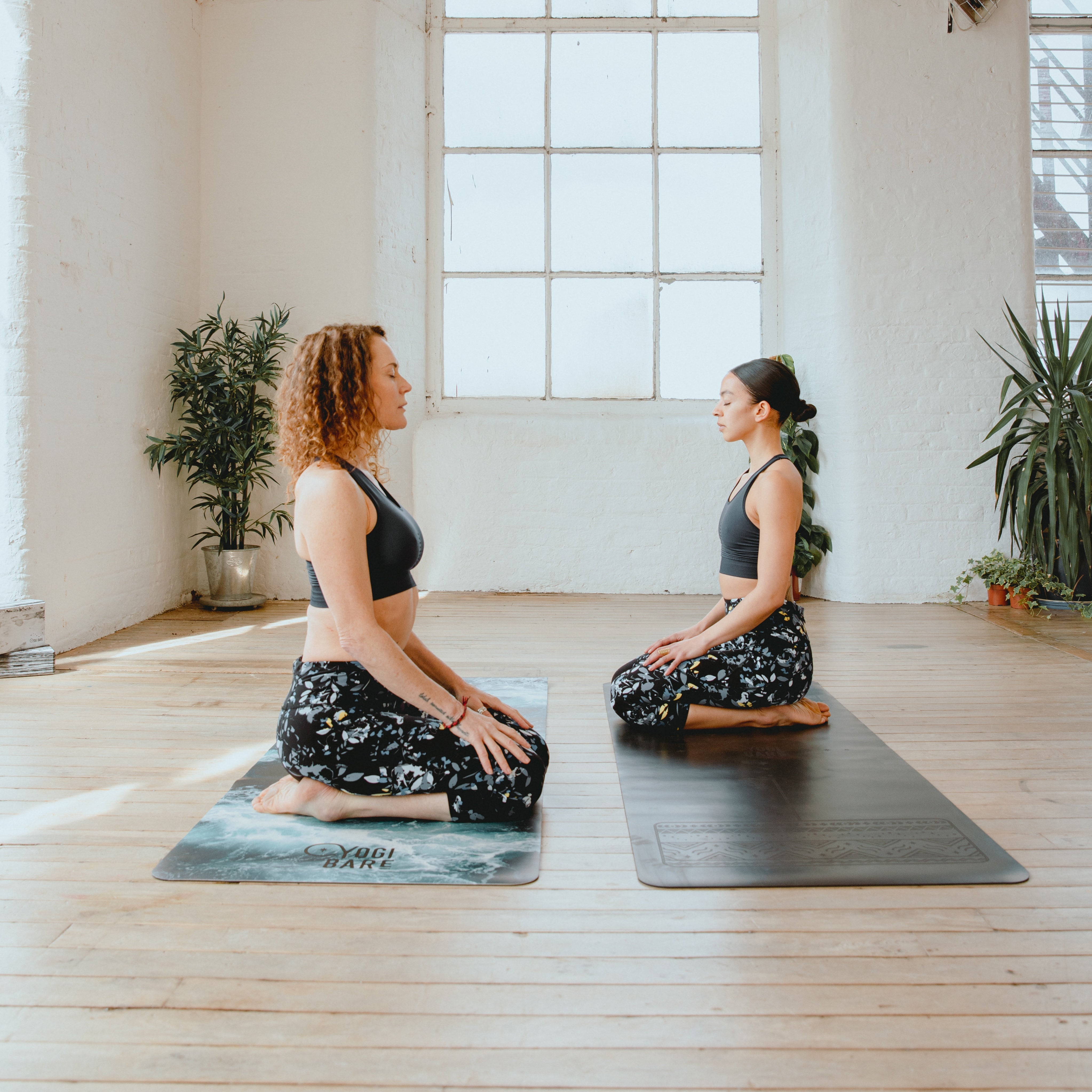You’re probably heard about yin and yang, the theory that there are interconnected, interdependent, and complementary forces at work throughout the universe. You can often see this at work in the world around us. Think men and women, night and day, fire and water, just a few of the infinite number of examples out there.
Most popular forms of yoga, like Ashtanga and Vinyasa tend to be promoted as strengthening, fast-paced, cardio workouts. Of course, these all have their place and provide a fantastic basis for building stamina, endurance and working large muscle groups. Whilst these are often referred to as ‘yang’ yoga, you might be surprised to hear about another form of yoga that provides the perfect complement to these more vigorous disciplines.
What is Yin Yoga?
Founded during the late 1970s, this newer, slower style of yoga soon caught on across North America and Europe. It was never intended as a complete practice though, instead its aim has always been to complement more active forms of exercise and yoga.
Instead of mainly working the muscles, yin yoga’s primary focus is on applying moderate stress to deeper connective tissues including the fascia, ligaments, bones, and joints. Due to its slower nature, it’s also more meditative, helping to focus the mind inwards and creating a greater awareness of the physical sensations within the body too.
How Do You Do Yin Yoga?
Incorporating principles of Chinese philosophy, asanas are held for a longer period of time than normal. Advanced practitioners may stay in pose for as long as five minutes or more. The idea behind doing this is that it stimulates the body’s energy channels, or as they’re known in Chinese medicine, ‘Meridians’. Yin yoga has other benefits too, like improved circulation in the joints, increased flexibility, and reduced stress levels. As it stretches and lengthens tissues that don’t normally receive much attention, it’s not always a comfortable process, but something else you learn is how to breathe through the discomfort.
Yin Yoga at Home
Luckily a yin yoga routine can be practised very easily at home, anytime you like. The main thing is to increase the length of time that you hold poses, ideally for between two to five minutes to begin with. As you practise and build up your tolerance and stamina, increase the amount of time you remain in pose even further.
It’s vital to stop the fidgeting, which admittedly is sometimes easier said than done! But, when you can master that, you’ll experience a wonderful sense of stillness which is a key component of yin yoga. This discipline is also about pushing yourself until you feel a deeper sensation (in yogi terms, ‘comfortable discomfort’), but if you’re experiencing pain, then you’ve pushed too far. During more challenging poses, really concentrate on deep abdominal breathing to fully oxygenate the body and distract your mind from the discomfort.
A yin yoga session is also the perfect opportunity for using a yoga strap as this will help to lengthen and deepen your stretches, making them safer and increasing the body’s mobility. We love Yogi Bare RPET Yoga Stretching Strap Black, available in classic black or if you’re feeling more colourful, Yogi Bare RPET Yoga Stretching Strap Tropical. These are incredibly strong and durable straps and even better, they’re sustainable too having been made from recycled plastics. We think you’ll agree that it’s a superb way of giving plastic bottles a second life! Our firm foam support block or bamboo support block can also be used to give the head, back and hips extra support and to extend the arms.
Yin Yoga Poses
Yin yoga poses tend to be seated or reclined because it means muscles can be completely relaxed. If you’re keen to get started on a yin yoga routine, try incorporating any of the following poses:
- Butterfly Pose
- Frog Pose
- Seated Forward Fold
- Dragonfly Pose
- Sphinx Pose
- Child’s Pose
- Dragon Pose
- Ankle Stretch
- Pigeon Pose
- Happy Baby Pose
- Spinal Twist
- Plow Pose
- Yogic Squat
If you’re familiar with other forms of yoga, then the names above are probably already ringing some bells. All you need to do is lengthen and deepen those poses, using straps and blocks for extra support. So, don’t delay. It’s time to feel the incredible physical and mental benefits of working your body at a much deeper level than ever before.
If you liked this article, you’ll enjoy reading ‘The Top 10 Types of Yoga’.

Leave a comment